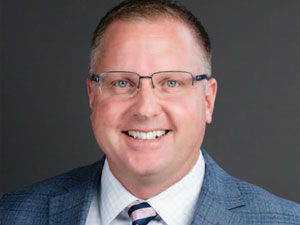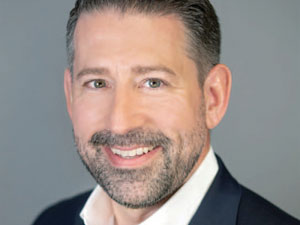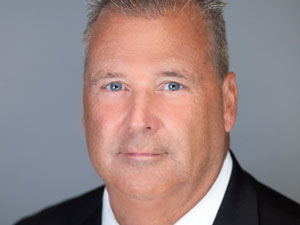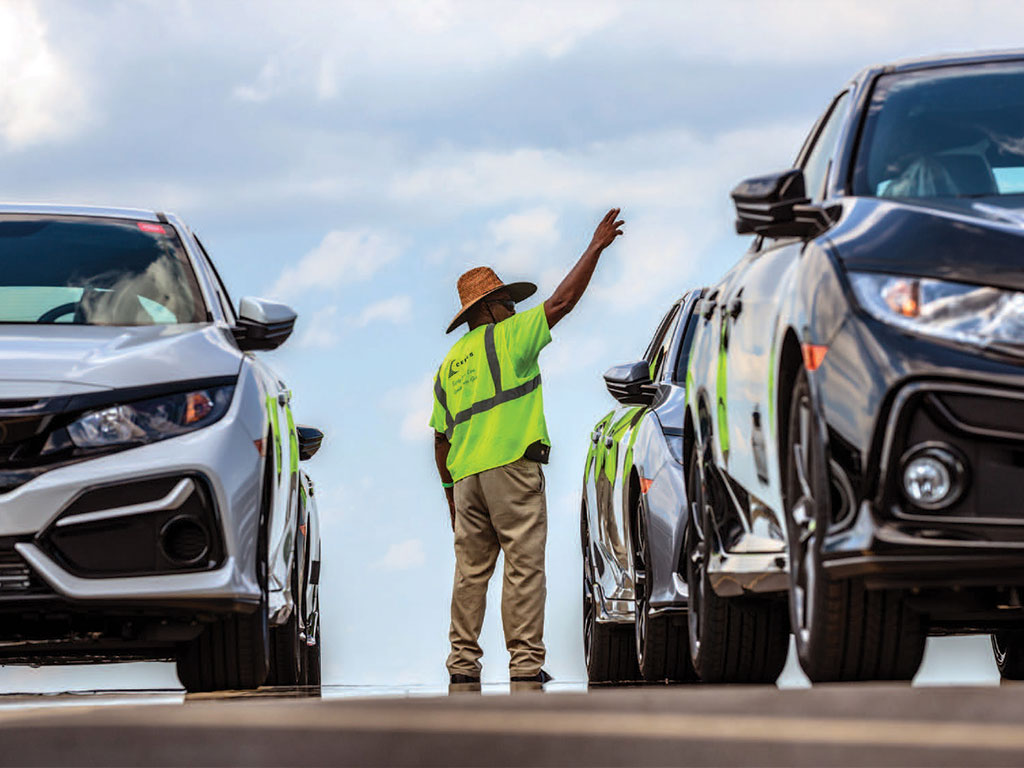As the automotive supply chain grapples with challenges ranging from import volume vicissitudes to continuing COVID-19 pandemic impacts, a quartet of roll-on/roll-off cargo veterans with more than a century of combined industry experience offers hope that a return to some level of normalcy is not far away.
In separate interviews with AJOT, the four executives – representing AMPORTS Inc.., Ceres Terminals Inc. and fledgling AutoMOBILE International Terminal LLC – share insights on how players in the finished vehicle supply chain are coping.

“Usually, this time of year,” Buben said, “everyone in the industry is positioning themselves for a solid year-end push, as has been the case for the past 20-plus years. “However, this year, we may be in store for a very different scenario as the semiconductor issue has thrown a wrench into everyone’s plans,” he continued, citing the recent shortage of semiconductors that has disrupted operations of automakers, also known as original equipment manufacturers, or OEMs.

Buben said the result has been “a delicate balance of managing labor to the estimated volumes and trimming costs to protect the bottom line.”
“Over the past two months, we have seen production number cuts between 40 and 50 percent at plants around the world due to the shortage, but the estimated volumes for the fourth quarter remain elevated in the hope the shortage will come to an end,” he said. “It is a balancing act, and our operations teams at AMPORTS have so far done an outstanding job managing to customers’ expectations. I’m optimistic that the fourth quarter will be better than expected.”
At ro/ro terminal operator Ceres, a pair of executives coincidentally named Doug sees similar challenges.
“Currently, the single biggest challenge we all face – OEMs, carriers, port authorities, terminal operators and processors – is demand forecasting,” said Doug Hansen, chief commercial officer of Ceres, who has 23 years of industry experience under his belt.
“Understanding what is coming is fundamental for budgeting the business needs, hiring managers and working with the ILA [International Longshoremen’s Association] and ILWU [International Longshore and Warehouse Union] to ensure there are sufficient trained longshoremen,” Hansen continued.

Ceres is attentively collaborating with all partners, including via inventory-visibility platforms, to ensure safe, consistent and reliable service, Hansen said, commenting,” I think information-sharing and communication is also key in working through our current challenges. Supply up/supply down, storage needed/transport needed, faster flow/slower flow – whatever the case – open communications at this stage are how we are keeping close to our customers.”
Hansen particularly noted the role of port authorities, including that of Maryland, in assisting in sourcing and supply of safety gear.
Doug Wolfe, vice president of Ceres Terminal Baltimore, said rapid changes in handling procedures for ro/ro cargo were implemented in early days of the pandemic.
“Remember,” Wolfe said, “some folks were and still are nervous about working around one another. In an effort to keep our employees safe, Ceres mandated, sourced and supplied masks, gloves and hand sanitizer. We disinfected shuttle vans and assigned teams to specific shuttle vans, reducing the numbers of people per van and allowing for physical distancing and contact tracing should it be needed. All equipment and work spaces were cleaned and sanitized following each shift.

“There was clearly a cost to this, and the return was mitigating risk of exposure to anyone in a Ceres operation,” said Wolfe, who has spent 42 years in the business, the last 34 years with Ceres. “We believe it was money well spent. Our goal is and was to keep cargo flowing, communicate with our labor and customers and to do so in a safe and professional manner.
“From the outset of the pandemic, the challenges were numerous and, despite many services nationally coming to a halt, cargo that was in the pipeline was still arriving in our ports,” Wolfe said. “A big challenge for our customers has been space. Early on in 2020, cargo was in the pipeline, but there was no demand, so it needed to be stored. “During that time, handling off of vessels declined significantly,” Wolfe continued. “Now, automotive cargo is down due to chip shortages, but there is an increase in non-automotive ro/ro, project and breakbulk cargos. Much of this cargo had more recently been on container vessels, but, with challenges on that front, we’re seeing more flow to ro/ro.”

As with challenges faced at the start of the pandemic, Wolfe said, Ceres has worked with its partners to understand their needs and then ensure provision of the right labor and services to safely move the cargo. In Baltimore, Ceres operates a terminal as well as a stevedoring operation, facilitating flexibility to provide customers a complete package.
When the microprocessor issue resolves – anticipatedly by the first quarter of 2022 – and import vehicle flow stabilizes, a new 57-acre facility at Alabama’s Port of Mobile is prepared to provide a turnkey solution devoid of port congestion and vessel delays, according to Finn Roden, a quarter-century veteran of the ro/ro business who currently serves as chief commercial officer of cleverly monikered AutoMOBILE International Terminal LLC, or AIT, a partnership between Argentina-based Terminal Zárate and Chile-headquartered Neltume Ports.
“There will be a lot of activity just to catch up,” said Roden, who said the inventory of new vehicles at U.S. dealerships has dropped from 5 million in January 2020, just before the pandemic struck (and when AIT inked its concession agreement with the Alabama State Port Authority), to 1 million units currently.
“The challenge for OEMs will be just getting whatever vehicles they can to the dealers,” said Roden, who noted that his firm is in discussions with multiple OEMs.
The AIT facility, which had a virtual grand opening in June, boasts a 40,000-square-foot processing center, a pair of 40-foot-draft berths and access to five Class I railroads.

_-_127500_-_8a318468216421556cdca53a3734a9780c23cb29_lqip.jpg)




